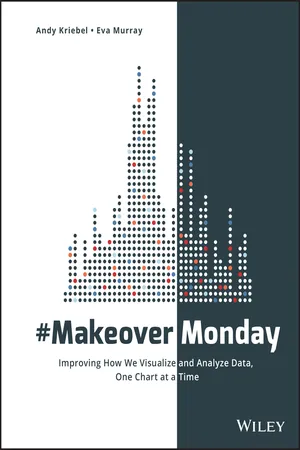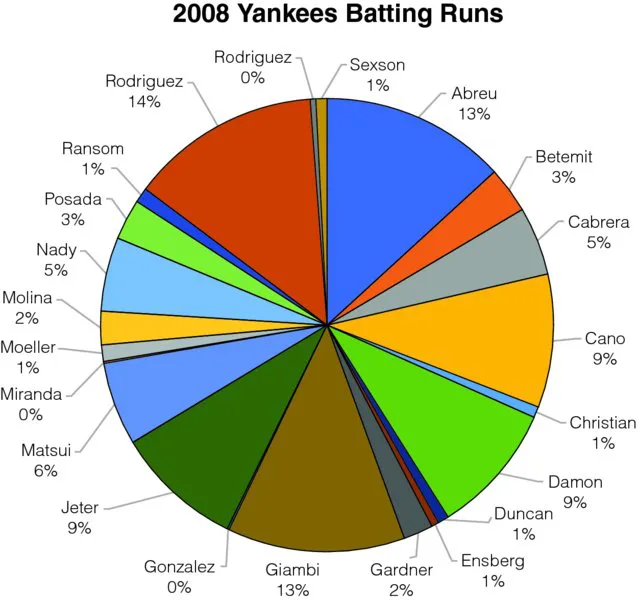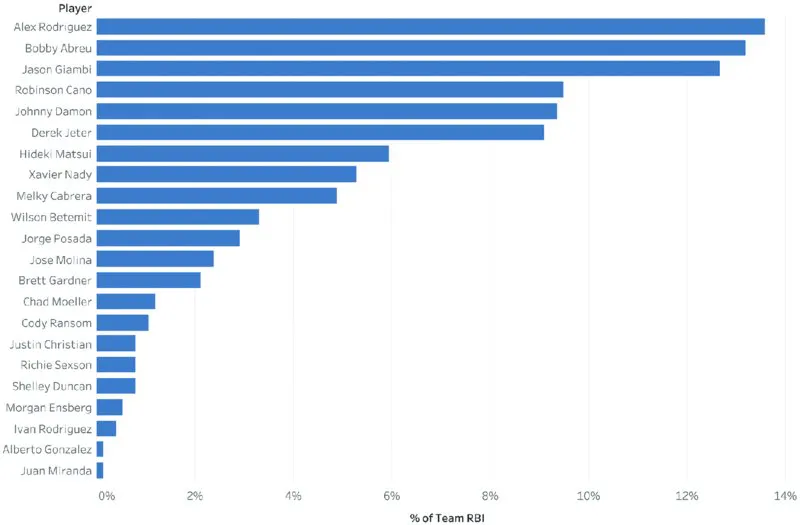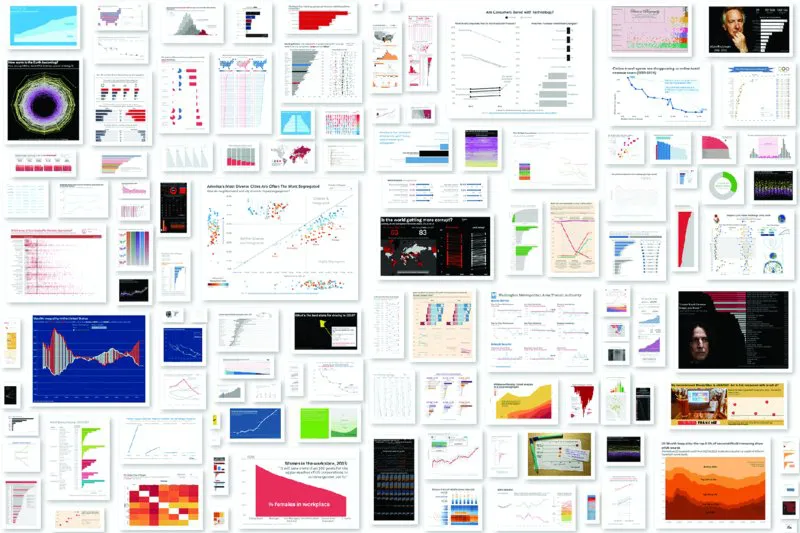
#MakeoverMonday
Improving How We Visualize and Analyze Data, One Chart at a Time
- English
- ePUB (mobile friendly)
- Available on iOS & Android
#MakeoverMonday
Improving How We Visualize and Analyze Data, One Chart at a Time
About this book
Explore different perspectives and approaches to create more effective visualizations
#MakeoverMonday offers inspiration and a giant dose of perspective for those who communicate data. Originally a small project in the data visualization community, #MakeoverMonday features a weekly chart or graph and a dataset that community members reimagine in order to make it more effective. The results have been astounding; hundreds of people have contributed thousands of makeovers, perfectly illustrating the highly variable nature of data visualization. Different takes on the same data showed a wide variation of theme, focus, content, and design, with side-by-side comparisons throwing more- and less-effective techniques into sharp relief.
This book is an extension of that project, featuring a variety of makeovers that showcase various approaches to data communication and a focus on the analytical, design and storytelling skills that have been developed through #MakeoverMonday. Paging through the makeovers ignites immediate inspiration for your own work, provides insight into different perspectives, and highlights the techniques that truly make an impact.
- Explore the many approaches to visual data communication
- Think beyond the data and consider audience, stakeholders, and message
- Design your graphs to be intuitive and more communicative
- Assess the impact of layout, color, font, chart type, and other design choices
Creating visual representation of complex datasets is tricky. There's the mandate to include all relevant data in a clean, readable format that best illustrates what the data is saying—but there is also the designer's impetus to showcase a command of the complexity and create multidimensional visualizations that "look cool." #MakeoverMonday shows you the many ways to walk the line between simple reporting and design artistry to create exactly the visualization the situation requires.
Frequently asked questions
- Essential is ideal for learners and professionals who enjoy exploring a wide range of subjects. Access the Essential Library with 800,000+ trusted titles and best-sellers across business, personal growth, and the humanities. Includes unlimited reading time and Standard Read Aloud voice.
- Complete: Perfect for advanced learners and researchers needing full, unrestricted access. Unlock 1.4M+ books across hundreds of subjects, including academic and specialized titles. The Complete Plan also includes advanced features like Premium Read Aloud and Research Assistant.
Please note we cannot support devices running on iOS 13 and Android 7 or earlier. Learn more about using the app.
Information
Part I
Introduction
What Is Makeover Monday?
- Eva Murray (my partner from January 2017) and I find charts that we think do not communicate information as effectively as they could.
- We prepare the necessary data for each chart so that people can focus on visualizing and analyzing the data (without the need to prepare it first), thus eliminating a big barrier to participation.
- The original visualization and data, along with the source article, are posted on our website on Sundays.
- Throughout the week, participants create their own chart, dashboard, or story, publish it to the web, and share it via our data.world page (data.world) and Twitter.
- In addition to members of the community giving one another feedback, Eva and I run a weekly webinar to provide live feedback.
- People iterate on the feedback and republish.
- Each week we identify our favorite visualizations, a few lessons learned, and summarize the week in a blog post on Friday.
- It starts all over again two days later.
How Did Makeover Monday Start?

- Which player had the fifth most RBIs?

The Community Project
The Andys: Makeover Monday 2016
- What works with the original chart?
- What could be improved?
- What did we do to make it better?

I was blown away. Andy K and I thought we might just be producing charts and nothing would happen, but within weeks we were seeing a bunch of people getting involved each week. As the year developed, more and more people got involved. The talent, passion, and dedication of the community was the most rewarding and surprising aspect of 2016.
Table of contents
- Cover
- Title page
- Copyright
- Foreword
- Acknowledgments
- About the Authors
- Part I
- Part II
- Part III
- Source Lines
- Index
- End User License Agreement